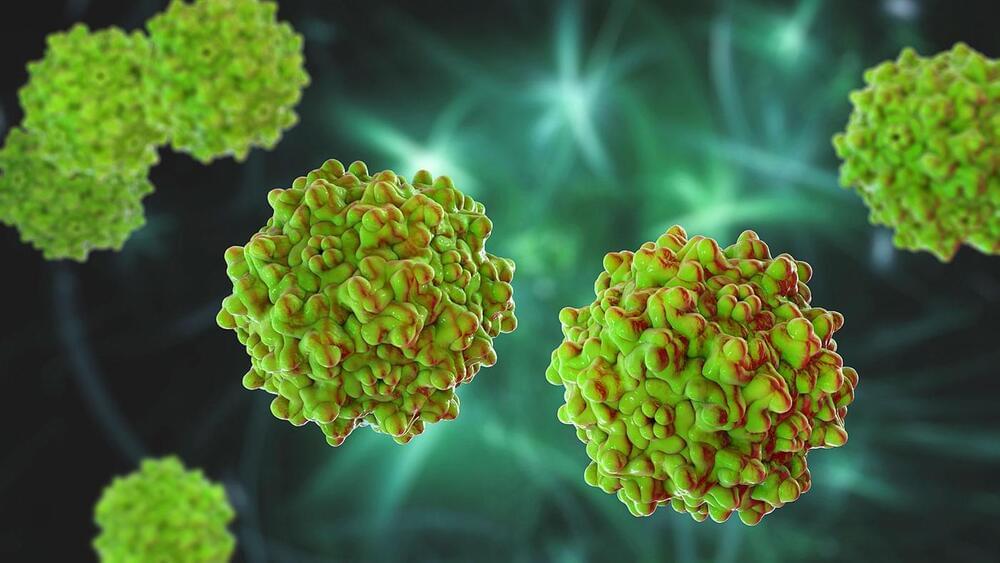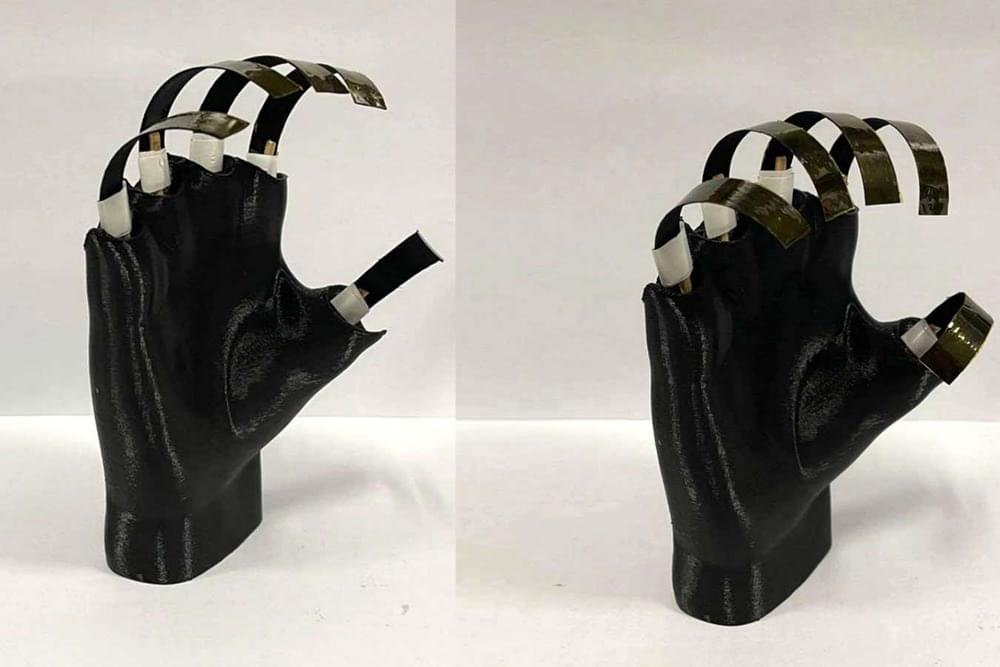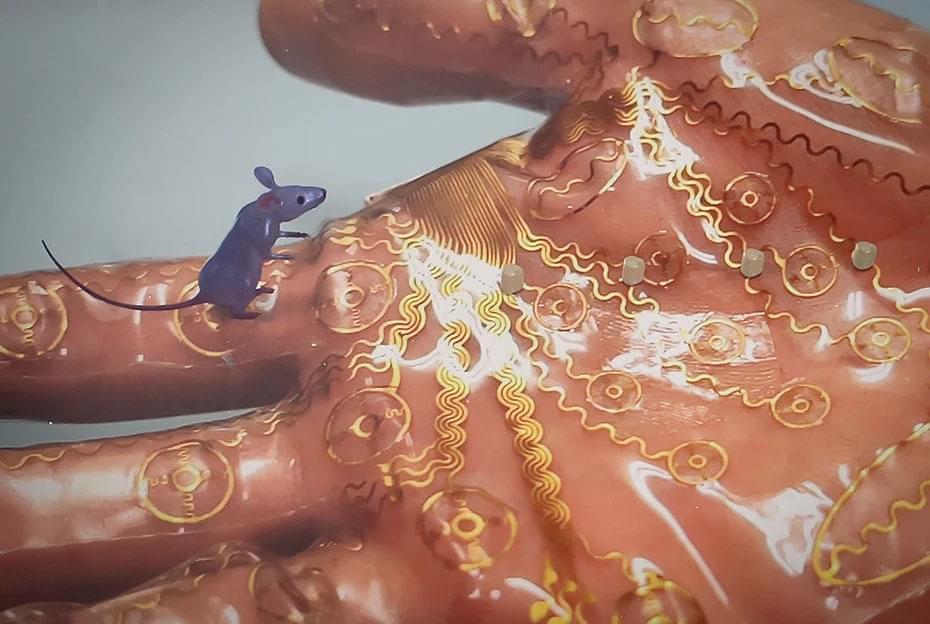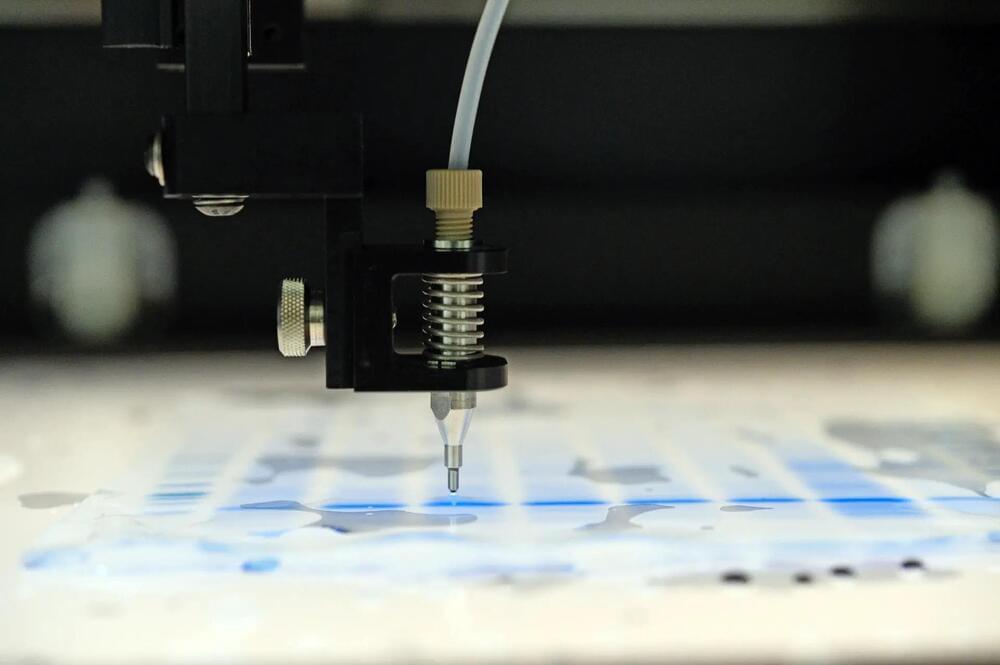Prompt engineering enables researchers to generate customized training examples for lightweight “student” models.
The thyroid is a small, butterfly-shaped gland at the base of the neck. It’s responsible for the hormones that control your heart rate, blood pressure, temperature and metabolism.
When thyroid cells grow abnormally, they can cause thyroid cancer. But because symptoms are vague and may mimic other less-serious conditions, it’s possible you could have thyroid cancer for months or even years without knowing it.
Thyroid cancer surgeon Nancy Perrier, M.D., explains how thyroid cancer can go unnoticed – and what you can do to catch it early when it’s easiest to treat.
The potential for supply constraints also concerns industry analysts. For example, McKinsey analysts have warned that limited AAV vector capacity could delay the commercialization of new gene therapies, particularly those intended for larger patient populations.
Last March, a McKinsey article stated, “The majority of early viral-vector-based therapeutics were developed within the context of rare diseases. [Only small] quantities of viral vectors were required, particularly as most therapies were still in the clinical stage of development. Now, with the shift beyond ultrarare indications, viral vector manufacturing requires rapid expansion to be able to address these diseases in the commercial space.”
The Last of Us may be more real than you think. The spread of fungal pathogens in humans and other species are a disaster waiting to happen.
Robot grippers made from soft plastics will melt in the heat, but a wooden alternative can do the job just fine.
By Alex Wilkins
The sense of touch may soon be added to the virtual gaming experience, thanks to an ultrathin wireless patch that sticks to the palm of the hand. The patch simulates tactile sensations by delivering electronic stimuli to different parts of the hand in a way that is individualized to each person’s skin.
Developed by researchers at City University of Hong Kong (CityU) with collaborators and described in the journal Nature Machine Intelligence (“Encoding of tactile information in hand via skin-integrated wireless haptic interface”), the patch has implications beyond virtual gaming, as it could also be used for robotics surgery and in prosthetic sensing and control.
‘Haptic’ gloves, that simulate the sense of touch, already exist but are bulky and wired, hindering the immersive experience in virtual and augmented reality settings. To improve the experience, researchers led by CityU biomedical engineer Yu Xinge developed an advanced, wireless, haptic interface system called ‘WeTac’.
Topics Elon Musk | Twitter | Digital banking.
Min-Liang Tan, co-founder and CEO of Razer (a consumer electronic company), tweeted: “I think Twitter should buy SVB and become a digital bank”. To which Musk replied: “I’m open to the idea”.
FarmboxRx’s Ashley Tyrner told The New York Post Friday that “all panic broke loose” when she went to login to the company’s SVB account to get a transaction approved when the system crashed and locked her out.
“When I went to log in to approve the wire, the system was completely crashed,” Tyrner told the newspaper. “It would not let anybody in.”
Tyrner called customer service and her SVB personal banker who “wouldn’t answer” the phone. She said he later texted her to apologize and said the bank was attempting to fix the issue.
A group led by Professor Ralf Rabus, a microbiologist at the University of Oldenburg, and his Ph.D. student Patrick Becker has made significant advancements in comprehending the cellular processes of a widespread environmental bacterium. The team conducted an extensive analysis of the entire metabolic network of the bacterial strain Aromatoleum aromaticum EbN1T and utilized the findings to construct a metabolic model that allows them to forecast the growth of these microbes in various environmental conditions.
According to their report in the journal mSystems, the researchers uncovered surprising mechanisms that enable the bacteria to adjust to fluctuating environmental conditions. These results are crucial for the study of ecosystems, where the Aromatoleum strain, as a representative of a significant group of environmental bacteria, can act as a model organism. The findings could also have implications for the cleanup of contaminated sites and biotechnological applications.
The studied bacterial strain specializes in the utilization of organic substances that are difficult to break down and is generally found in soil and in aquatic sediments. The microbes thrive in a variety of conditions including oxygen, low-oxygen, and oxygen-free layers, and are also extremely versatile in terms of nutrient intake. They metabolize more than 40 different organic compounds including highly stable, naturally occurring substances such as components of lignin, the main structural material found in wood, and long-lived pollutants and components of petroleum.
FallenKingdomReads’ list of 10 Science Fiction Books That Predicted the Future with Eerie Accuracy.
Science fiction has always been a genre that imagines what the future might hold, but sometimes it goes beyond mere speculation and eerily predicts what actually happens. Here are ten science fiction books that predicted the future with accuracy that is almost too close for comfort.
This dystopian novel predicted a world in which government surveillance and control were all-encompassing, and the public was constantly monitored and manipulated. Many of the themes in the book have become all too familiar in today’s world of mass surveillance and government control.







